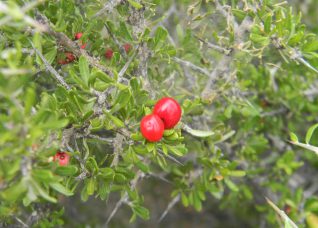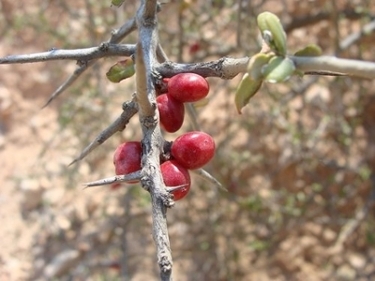
MinerAlert

MinerAlert
Castela texana
Simaroubaceae
Allthorn castela, Bitter bark (Schoenhals, 1988; White, 2002).
Chaparro amargo, Chaparro amargoso, Chaparro prieto, Corona de Cristo, Amargosa, Bisbirinda.
*Some of the common names in Spanish used in Mexico may also refer to other closely related species, which have similar medicinal properties.


Safety/Precautions:
Before you decide to take any medicinal herb or herbal supplement, be sure to consult with your health care professional first. Avoid self-diagnosis and self-medication: Always be on the safe side!